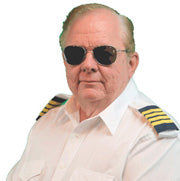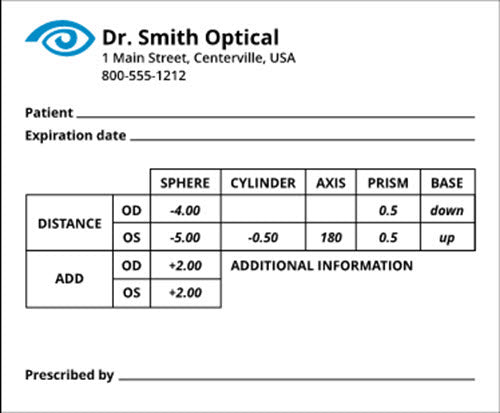What Sunglass Requirements Does The USAF Have?
Sunglasses
Sunglasses, as you know, are my passion.
During my flying career I have learned a lot about sunglasses, and it is clear that not all sunglasses are equal.
One of the questions I get a lot has to do with the quality of the sunglasses I sell.
To the untrained eye the only difference in sunglasses is just how they look and what they cost.
But, the truth is there are vast differences between sunglasses.
To learn what the very best sunglasses are to protect your eyes and provide value for your money let us look at what the US Department of Defense research tells us about quality sunglasses.
It starts with the early days of aviation, and the frequent accidents associated with them.
WWI Aircraft Mishaps
World War One has finally come to an end and a time for reflection was upon the US Army Air Corp.
In 1920 two officers, Col. W.H. Wilmer and Maj. Conred Berens conducted some research into aircraft accidents military pilots suffered.
They were looking for the root causes of these accidents, and one of the factors they examined was pilot vision.
What they discovered was that 80% of all the information pilots needed to fly their aircraft safely was related to their vision.
Not just their sight, but cockpit visibilty, aircraft design and other factors as well.
Aircraft design continued to improve but accidents, particularly training accidents continued to occur.
Then came WWII and by the end the US Army Air Corp became the USAF (United States Air Force) on September 18, 1947.
Grand Canyon Mid-Air Collision
The Grand Canyon mid-air collision occurred in the western United States on Saturday, June 30, 1956.
A United Airlines DC-7 struck a Trans World Airlines Lockheed L-1049 Super Constellation over Grand Canyon National Park
The collision took place in uncontrolled airspace, where it was the pilots' own responsibility to maintain separation ("See and avoid").
This highlighted the antiquated state of air traffic control, which became the focus of major aviation reforms.
However, the "See and Avoid" rule for pilots still exists:
The flight rules prescribed in Title 14 of the Code of Federal Regulations (14 CFR) part 91 set forth the concept of “See and Avoid.”
Part 91, § 91.113 prescribes that when weather conditions permit, regardless of whether the operation is conducted under instrument flight rules (IFR) or visual flight rules (VFR), each person operating an aircraft shall maintain vigilance so as to see and avoid other aircraft.
Check out the FAA "See and Avoid" rule.
Sunglasses and Pilots
So, you can see how important a great pair of sunglasses really are to pilots!
Sunglasses help safeguard a pilot's most important sensory asset --- vision.
The US Military has known for a long time that an essential piece of equipment for pilots is a quality pair of sunglasses.
Sunglasses limit the effect of harsh sunlight, protect ocular tissues from harmful solar radiation and help pilots spot other aircraft..
In addition, they reduce eye fatigure, particularly in the military environment where long flights are required.
Due to the length of some of these flights they many times make the transition from daylight to dark night making eye adjustment critical.
USAF Air Crew Sunglass Requirements
Historically, USAF aviator selection has been based, in part, on having good vision.
Clearly, protecting those eyes is extremely important, and as a result the DoD has set forth the requirements for sunglasses they will issue to pilots.
In 1984 the U.S. Department of Defense issued Military Speficications for Sunglasses in a document titled "MIL-S-25948J".
These requirements specify specific requirements such as:
- 15.5% VLT (Visible Light Transmittance)
- Electroplate (E.P.) nickel front and temples
- Impact resistance:
- 5/8 inch steel ball weighing .56 ounce dropped from a height of 50 inches onto the lens
- Corrosion resistant
Current Supplier
Currently Randolph Engineering, Inc. provides all of these sunglasses to the DoD.
Take a quick look at their website and their story.
You soon discover that each pair they manufacture takes 200 individual operations to meet MIL-S-25948J standards.
And, all of that knowledge and experience goes into every pair they manufacture.
They are not cheap, but they will last you a lifetime.
The best part: you can always get replacement parts for your sunglasses if something goes wrong!
In the meantime keep your wings straight and level Hersch!


ps: Please share "What Sunglass Requirements Does The USAF Have?" on your social media sites.




Leave a comment
This site is protected by hCaptcha and the hCaptcha Privacy Policy and Terms of Service apply.